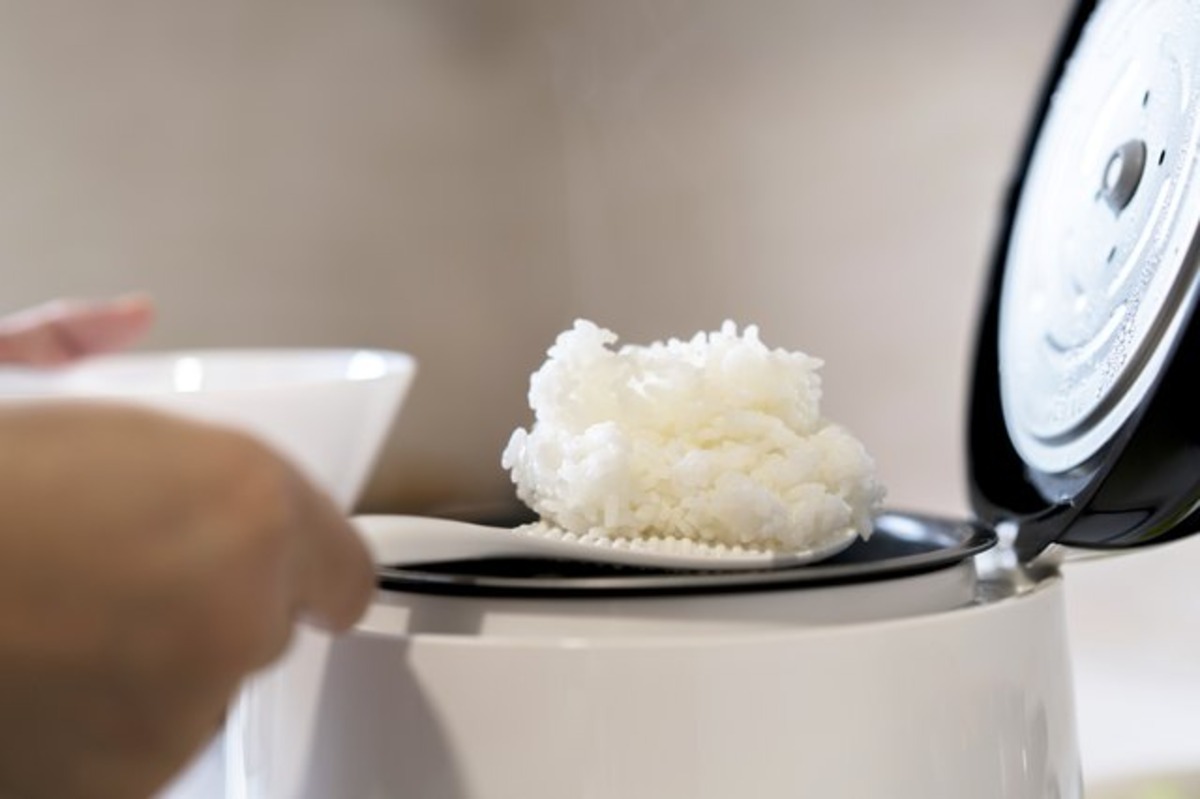

Articles
How Much Rice To Water In Aroma Rice Cooker
Modified: October 20, 2024
Discover practical tips and advice in our collection of informative articles on how much rice to water in an Aroma rice cooker. Enhance your cooking skills and achieve perfectly cooked rice every time.
(Many of the links in this article redirect to a specific reviewed product. Your purchase of these products through affiliate links helps to generate commission for Storables.com, at no extra cost. Learn more)
Introduction
Welcome to the wonderful world of cooking with an Aroma Rice Cooker! If you’re a fan of perfectly cooked rice every time, then you’re in the right place. In this article, we will delve into the art of achieving the ideal rice to water ratio to create delicious and fluffy rice using an Aroma Rice Cooker.
An Aroma Rice Cooker is a must-have kitchen appliance for rice lovers. With its intuitive design and automated features, it takes the guesswork out of cooking rice. Whether you prefer white rice, brown rice, or exotic varieties like jasmine or basmati, an Aroma Rice Cooker can handle them all. But to achieve perfectly cooked rice, it is crucial to get the rice to water ratio just right.
The rice to water ratio refers to the amount of water needed to cook a specific amount of rice. It is a critical factor that determines the texture, moisture level, and overall quality of the cooked rice. Too much water can result in soggy, overcooked rice, while too little water can lead to undercooked or burnt rice.
There are several factors to consider when determining the rice to water ratio for your Aroma Rice Cooker. These factors include the type of rice you are using, the desired texture of the rice (sticky or fluffy), and the personal preference of the individuals consuming the rice. By understanding these factors, you can make adjustments to the rice to water ratio to achieve your desired results.
While the rice to water ratio may vary slightly depending on the type of rice and personal preference, there are some general guidelines you can follow for most types of rice when using an Aroma Rice Cooker. These guidelines serve as a starting point and can be adjusted based on your preferences and the specific characteristics of the rice you are cooking.
Key Takeaways:
- Achieving perfectly cooked rice in an Aroma Rice Cooker requires understanding the importance of the rice to water ratio, considering factors like rice type and personal preference, and following general guidelines for different types of rice.
- By fine-tuning the rice to water ratio, utilizing the Aroma Rice Cooker’s features, and experimenting with different rice varieties, you can consistently create delicious, fluffy, and flavorful rice dishes to impress your family and friends.
Read more: How To Clean Aroma Rice Cooker
What is an Aroma Rice Cooker?
An Aroma Rice Cooker is a versatile and convenient kitchen appliance that is specifically designed to cook rice with ease. It takes the hassle out of cooking rice on the stovetop and provides a foolproof method for achieving perfectly cooked rice every time.
Unlike traditional rice cookers, which require constant monitoring and manual adjustments, an Aroma Rice Cooker simplifies the cooking process by automating it. It is equipped with advanced technology and features that ensure precise cooking temperatures and timing, resulting in delicious and fluffy rice.
One of the standout features of an Aroma Rice Cooker is its programmable settings. It allows you to select the type of rice you are cooking, such as white rice, brown rice, or even specialty rice like jasmine or basmati. Once you’ve chosen the type of rice, the appliance takes care of the rest, ensuring the rice is cooked to perfection.
Another advantage of using an Aroma Rice Cooker is its versatility. While it is primarily designed for cooking rice, it often comes with additional functions such as steaming vegetables, preparing soups, stews, and even baking cakes. This makes it a multi-functional tool that can assist in various cooking tasks, saving both time and counter space.
Aroma Rice Cookers are available in different sizes to meet the needs of various households. Whether you’re cooking for a small family or hosting a large gathering, there is a size that suits your requirements. Some models also come with a “keep warm” feature, which allows you to keep the rice warm and ready to serve for extended periods, without worrying about it drying out or losing its texture.
Cleaning an Aroma Rice Cooker is a breeze as well. Most models come with a non-stick pot that is easy to clean and maintain. Simply remove the inner pot, wash it with mild soap and water, and it’s ready for the next use.
In summary, an Aroma Rice Cooker is a user-friendly and efficient appliance that eliminates the guesswork from cooking rice. Its automated features, diverse cooking options, and easy cleaning make it a popular choice for rice enthusiasts and busy households alike. With an Aroma Rice Cooker, you can enjoy restaurant-quality rice in the comfort of your own home.
Importance of Proper Rice to Water Ratio
The rice to water ratio is a crucial element in achieving perfectly cooked rice. When it comes to cooking rice, the right ratio makes all the difference in texture, moisture level, and overall taste. Here’s why getting the rice to water ratio right is so important:
1. Texture: The rice to water ratio directly affects the texture of the cooked rice. Too much water can result in mushy or sticky rice, while too little water can yield dry and hard rice. Finding the perfect balance ensures a fluffy and tender texture that is enjoyable to eat.
2. Moisture Level: The rice to water ratio determines the moisture content of the cooked rice. It is important to strike the right balance between moist and dry rice. Moisture is essential for creating well-cooked and flavorful rice that is not overly dry or wet.
3. Even Cooking: Properly measuring the rice to water ratio ensures even cooking throughout the rice grains. Each grain should be cooked uniformly, without any undercooked or overcooked parts. This is crucial for achieving a consistent and pleasant eating experience.
4. Flavor Absorption: Rice absorbs water during the cooking process, and the rice to water ratio influences how much flavor from seasonings, broth, or other ingredients the rice can absorb. A balanced ratio allows the rice to soak up flavors evenly, enhancing the taste of the dish.
5. Avoiding Rice Burn: In certain cooking methods, such as using a stovetop, an improper rice to water ratio can lead to rice burning or sticking to the bottom of the pot. This not only affects the quality of the rice but can also damage the cookware. A correct ratio helps prevent this issue.
6. Consistency: Using a consistent rice to water ratio allows you to replicate your favorite rice dishes consistently. When you find the right ratio that works for you, you can rely on it to create delicious rice dishes time and time again.
By understanding the importance of the rice to water ratio, you can ensure that your rice dishes turn out perfectly cooked, flavorful, and enjoyable. Although the exact ratio may vary depending on rice type and personal preference, it is a crucial factor to consider in achieving culinary success with rice-based meals.
Factors to Consider in Determining Rice to Water Ratio
When it comes to determining the rice to water ratio for your Aroma Rice Cooker, there are several factors to keep in mind. These factors can help you customize the ratio to achieve your desired rice texture, moisture level, and overall result. Here are the key factors to consider:
1. Type of Rice: Different types of rice have different characteristics, such as grain size, starch content, and cooking time. For example, short-grain rice tends to be stickier, requiring slightly more water, while long-grain rice is typically fluffier, requiring a bit less water. Understanding the particular attributes of the rice you are using is crucial in determining the correct rice to water ratio.
2. Desired Texture: Consider the texture you prefer in your cooked rice. Some people enjoy sticky rice, while others prefer a more separate and fluffy texture. Sticky rice generally requires a higher water-to-rice ratio, while fluffier rice needs a slightly lower ratio. Adjust the rice to water ratio based on your personal preference for texture.
3. Personal Preference: Everyone’s palate is unique, so it’s essential to accommodate personal taste preferences. If you prefer your rice to be softer and more moist, you may opt for a higher water ratio. On the other hand, if you prefer a drier rice texture, a lower water ratio would be more suitable. Experiment and adjust the rice to water ratio until it aligns with your preferences.
4. Cooking Method: The cooking method can also impact the rice to water ratio. For example, cooking rice on the stovetop may require a different ratio compared to using an Aroma Rice Cooker. Aroma Rice Cookers have specific guidelines for the ideal rice to water ratio, so be sure to consult the manufacturer’s instructions for precise measurements.
5. Elevation/Altitude: Your location’s elevation or altitude can affect the cooking time and water absorption rate of rice. At higher elevations, water boils at a lower temperature, which can impact the cooking process. As a general rule, higher altitudes may require a slightly increased water ratio or longer cooking time to compensate for the lower boiling point of water.
6. Experimentation: It’s important to note that finding the perfect rice to water ratio may involve some trial and error. Start with the general guidelines provided, but don’t be afraid to adjust the ratio based on the factors mentioned above. Through experimentation and experience, you’ll discover the ratio that consistently produces the best results for your preferred rice dishes.
By taking these factors into account, you can fine-tune the rice to water ratio for your Aroma Rice Cooker, ensuring that your rice turns out just the way you like it – fluffy, flavorful, and perfectly cooked every time.
For white rice, use a 1:1 ratio of rice to water in an Aroma rice cooker. For brown rice, use a 1:1.5 ratio of rice to water. Adjust as needed for desired texture.
General Rice to Water Ratio Guidelines for Aroma Rice Cooker
While the optimal rice to water ratio may vary depending on the type of rice, personal preference, and other factors, there are some general guidelines you can follow when using an Aroma Rice Cooker. These guidelines serve as a starting point and can be adjusted to achieve your desired rice texture and moisture level. Here are some general rice to water ratio guidelines for an Aroma Rice Cooker:
1. White Rice: For most types of white rice, a common ratio is 1:1.5 or 1 cup of rice to 1.5 cups of water. This ratio typically results in fluffy and separate grains of rice. However, you can adjust the ratio according to your preference – using a bit more water will yield softer and stickier rice, while using slightly less water will result in a drier texture.
2. Brown Rice: Brown rice requires a bit more water compared to white rice due to its additional bran and germ layers. As a general guideline, the ratio is around 1 cup of brown rice to 2 cups of water. This ratio allows for proper hydration and ensures evenly cooked, tender brown rice. Again, feel free to adjust the ratio based on the desired texture and personal preference.
3. Jasmine or Basmati Rice: Both jasmine and basmati rice have distinct flavors and textures. To bring out their aromatic qualities, a common ratio is 1:1.25 or 1 cup of rice to 1.25 cups of water. This ratio helps to maintain the firmness of the grains while producing fragrant and flavorful rice.
4. Sticky Rice: If you prefer sticky rice, a higher water-to-rice ratio is needed. For sticky rice, the ratio is typically 1 cup of rice to 1.75 cups of water. Additionally, you may want to rinse the sticky rice thoroughly before cooking to remove excess starch and achieve the desired stickiness.
5. Other Specialty Rices: For specialty rices such as wild rice, black rice, or red rice, the water ratio may vary. It is recommended to consult the specific cooking instructions provided by the manufacturer or on the packaging for the best results.
6. Adjustments: Keep in mind that these guidelines are not set in stone. The rice to water ratio can be adjusted based on personal preference, the desired texture, the specific characteristics of the rice, and other factors mentioned earlier. Experimentation and fine-tuning are key to finding the perfect ratio that suits your taste and consistently produces delicious rice in your Aroma Rice Cooker.
By following these general guidelines and making adjustments as necessary, you’ll be well on your way to achieving perfectly cooked rice in your Aroma Rice Cooker. Remember to consult the specific instructions provided with your appliance and trust your tastebuds to determine the best rice to water ratio for your desired results.
Adjusting Rice to Water Ratio for Different Types of Rice
When it comes to cooking different types of rice in your Aroma Rice Cooker, it is important to understand that not all rice varieties require the same rice to water ratio. Each type of rice has its unique characteristics, such as grain size, starch content, and cooking time, which influence the amount of water required for optimal results. Here are some tips for adjusting the rice to water ratio for different types of rice:
1. White Rice: White rice, such as short-grain or long-grain varieties, typically requires a ratio of 1:1.5 or 1 cup of rice to 1.5 cups of water. This ratio yields fluffy and separate grains of rice. However, depending on the desired texture, you can adjust the amount of water slightly. Using more water creates softer and stickier rice, while using less water results in a drier texture.
2. Brown Rice: Brown rice has a higher bran and germ content, requiring more water compared to white rice. A common ratio for cooking brown rice is 1 cup of rice to 2 cups of water. This ratio ensures proper hydration and results in evenly cooked, tender brown rice. If you prefer your brown rice slightly softer or more al-dente, you can adjust the water ratio accordingly.
3. Jasmine or Basmati Rice: Jasmine and basmati rice are aromatic varieties that require a bit less water than white rice. The recommended ratio for jasmine or basmati rice is around 1:1.25 or 1 cup of rice to 1.25 cups of water. This ratio helps maintain the firmness of the grains while enhancing the fragrance and flavor of the rice.
4. Sticky Rice: Sticky rice, also known as glutinous rice, requires a higher water-to-rice ratio due to its starch content. The typical ratio for cooking sticky rice is 1 cup of rice to 1.75 cups of water. Rinsing the sticky rice before cooking can help remove excess starch and achieve the desired stickiness. Adjust the ratio as per your preference for stickiness.
5. Wild Rice and Specialty Rices: It’s important to note that different specialty rices, such as wild rice, black rice, or red rice, may have varying water requirements. It is always recommended to consult the specific cooking instructions provided by the manufacturer or on the packaging of the rice you are using. These instructions will provide guidelines tailored to each specific type of rice.
6. Personal Preference: Ultimately, adjusting the rice to water ratio is a matter of personal preference. The recommended ratios serve as a starting point, but do not hesitate to tweak the ratio to achieve your desired texture and moisture level. Experimentation and taste testing will help you find the perfect balance that suits your palate.
By considering the characteristics of different types of rice and making necessary adjustments to the rice to water ratio, you can ensure that each variety of rice is cooked to perfection in your Aroma Rice Cooker. Enjoy exploring the diverse flavors and textures that different types of rice have to offer!
Tips for Achieving Perfectly Cooked Rice in Aroma Rice Cooker
An Aroma Rice Cooker is a fantastic kitchen appliance for cooking rice, and with a few tips and tricks, you can achieve perfectly cooked rice every time. Here are some valuable tips to help you make the most out of your Aroma Rice Cooker:
1. Rinse the Rice: Before cooking the rice, rinse it under cold water to remove excess starch. This helps prevent the rice from becoming overly sticky and clumpy. Rinse the rice until the water runs clear, then drain well before placing it in the cooker.
2. Measure Accurately: It is important to measure the rice and water accurately to maintain the proper rice to water ratio. Use the measuring cup provided with your Aroma Rice Cooker or a standard measuring cup to ensure consistent results.
3. Follow the Manufacturer’s Instructions: Each Aroma Rice Cooker model may have specific instructions and settings for different types of rice. It is essential to read and follow the manufacturer’s instructions to ensure optimal results. Adjust cooking times and water ratios accordingly based on the instructions provided.
4. Soak the Rice (optional): For certain types of rice, such as brown rice, you may consider soaking it for a couple of hours before cooking. Soaking can help reduce cooking time and improve the texture of the rice. Refer to the specific instructions for your rice variety to determine if soaking is recommended.
5. Fluff the Rice: Once the rice is cooked, use a fork or rice paddle to fluff the rice gently. This helps separate the grains and release any excess moisture, resulting in a more appealing texture.
6. Let it Rest: After cooking, allow the rice to rest in the cooker for a few minutes before serving. This resting time helps redistribute the moisture and allows for a more even texture throughout the rice.
7. Experiment and Adjust: Fine-tuning the cooking process can be a matter of personal preference. Feel free to experiment with different rice varieties, cook times, and water ratios to achieve your desired results. Keep notes of any adjustments you make, so you can replicate your favorite rice dishes in the future.
8. Utilize the Keep Warm Function: Aroma Rice Cookers often come with a “keep warm” function, which allows you to keep the rice at a consistent temperature until you’re ready to serve. This feature helps maintain the rice’s texture and warmth without overcooking it. Be sure to transfer the rice to the keep warm mode once it is cooked.
9. Avoid Opening the Lid: Although it may be tempting to check on the rice during cooking, it’s best to resist the urge to open the lid frequently. Opening the lid releases steam and heat, which can potentially affect the cooking process and result in unevenly cooked rice.
10. Clean and Maintain the Cooker: Properly cleaning and maintaining your Aroma Rice Cooker is essential for optimal performance. Refer to the manufacturer’s instructions for cleaning and care guidelines. Regular cleaning and maintenance ensure that your cooker continues to produce perfectly cooked rice over time.
By following these tips, you can maximize the capabilities of your Aroma Rice Cooker and achieve consistently delicious and perfectly cooked rice. Enjoy the convenience and versatility of your Aroma Rice Cooker as you create a variety of rice dishes to delight your taste buds!
Conclusion
An Aroma Rice Cooker is a game-changer when it comes to cooking rice. With its user-friendly design and automated features, it takes the guesswork out of achieving perfectly cooked rice every time. By understanding the importance of the rice to water ratio and making necessary adjustments, you can create delicious, fluffy, and flavorful rice that will impress your family and friends.
Throughout this article, we have explored the fundamentals of the rice to water ratio, the factors to consider in determining the ratio, and general guidelines for different types of rice. Additionally, we have shared valuable tips to help you achieve perfectly cooked rice in your Aroma Rice Cooker.
Remember, the rice to water ratio is not set in stone, and it may require some experimentation to find the ratio that suits your preferences and the specific type of rice you are using. Adjusting the ratio based on factors such as rice type, personal taste, and desired texture will allow you to customize your rice dishes to perfection.
Whether you prefer fluffy white rice, nutty brown rice, aromatic jasmine rice, or sticky glutinous rice, your Aroma Rice Cooker can handle it all. With its versatile functions and precise cooking capabilities, it is a kitchen appliance that rice enthusiasts cannot live without.
So, get ready to elevate your rice cooking game with your Aroma Rice Cooker. Enjoy the convenience, reliability, and consistency it offers as you create delectable rice dishes that will satisfy even the most discerning palates. With proper rice to water ratio adjustments and a pinch of culinary creativity, you can turn simple rice into a culinary masterpiece.
Embrace the joy of perfectly cooked rice and immerse yourself in the delightful flavors and textures that rice dishes have to offer. Let your Aroma Rice Cooker be your trusted companion on your culinary journey, bringing you closer to the world of rice perfection with every meal.
Frequently Asked Questions about How Much Rice To Water In Aroma Rice Cooker
Was this page helpful?
At Storables.com, we guarantee accurate and reliable information. Our content, validated by Expert Board Contributors, is crafted following stringent Editorial Policies. We're committed to providing you with well-researched, expert-backed insights for all your informational needs.
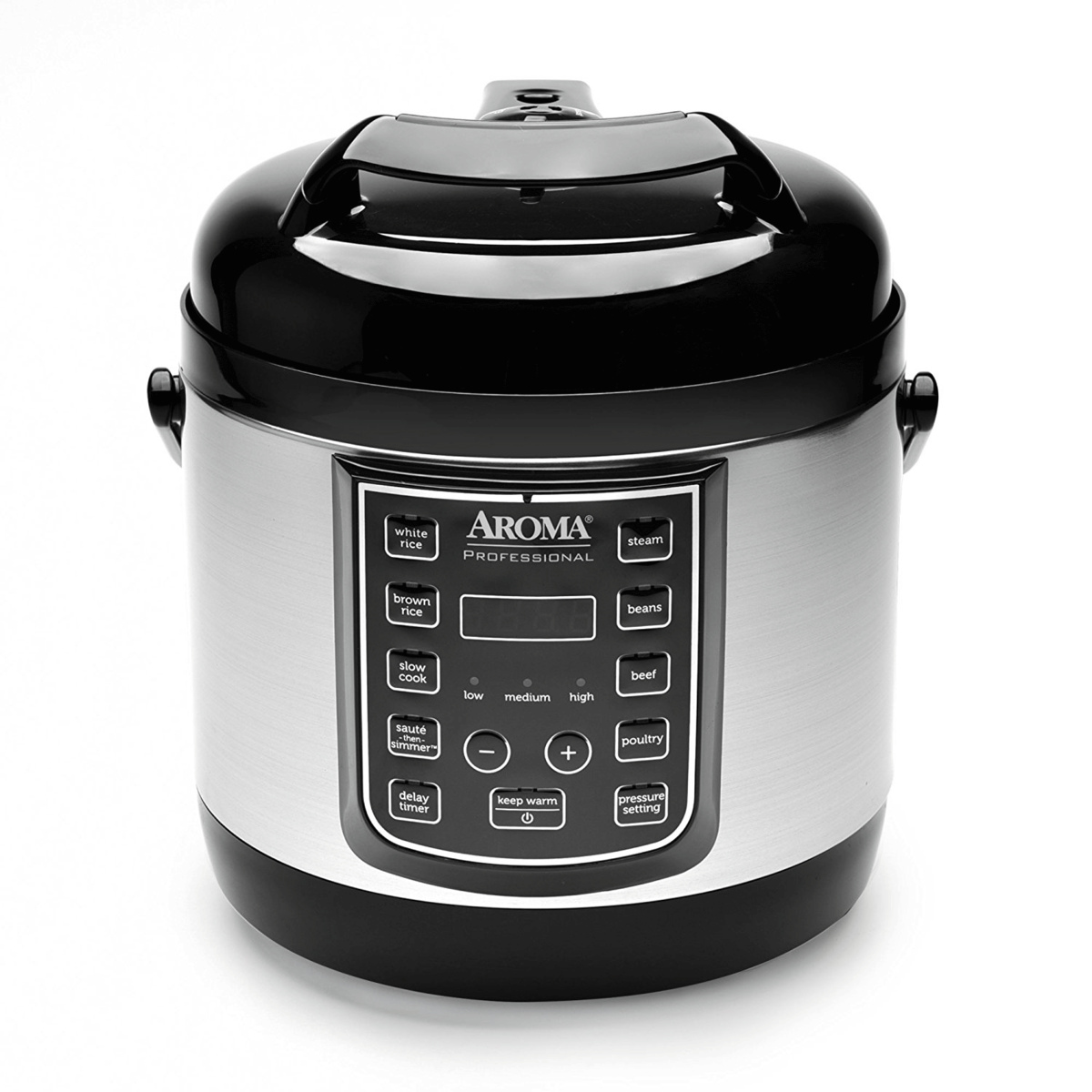
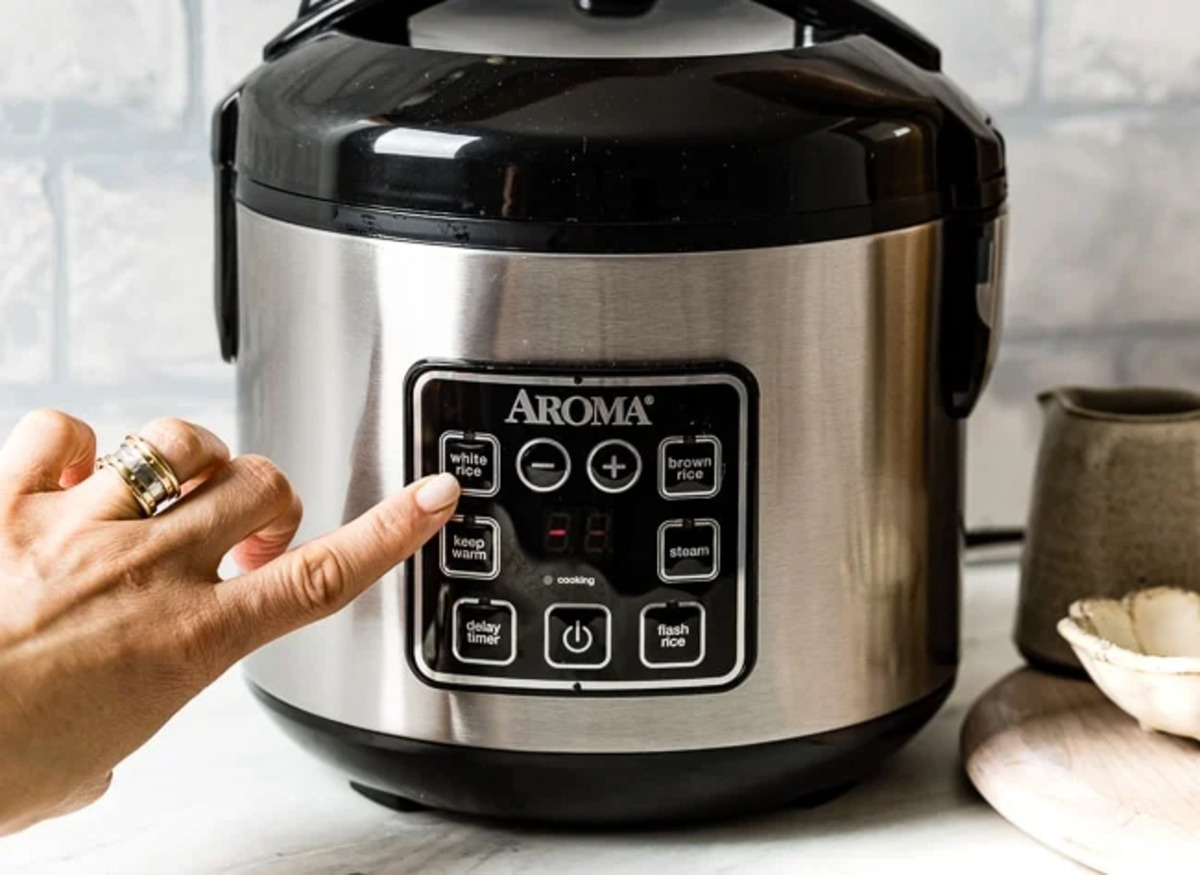
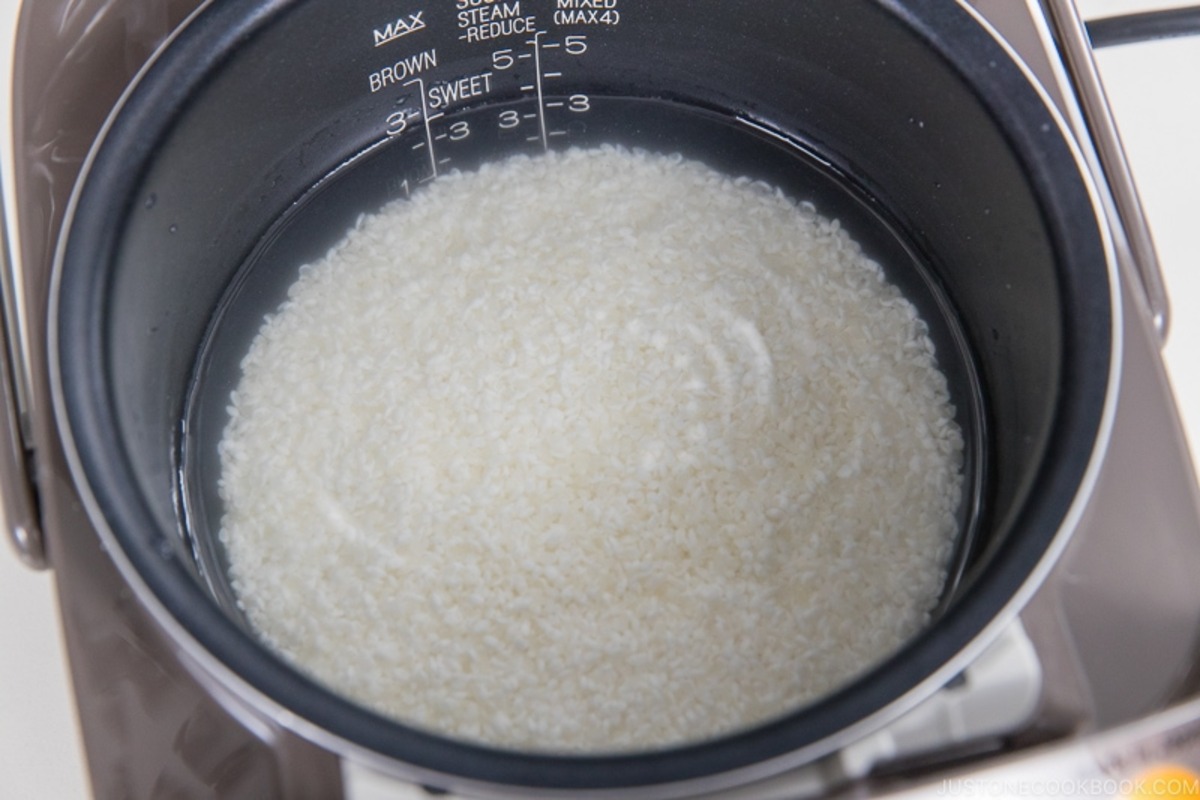
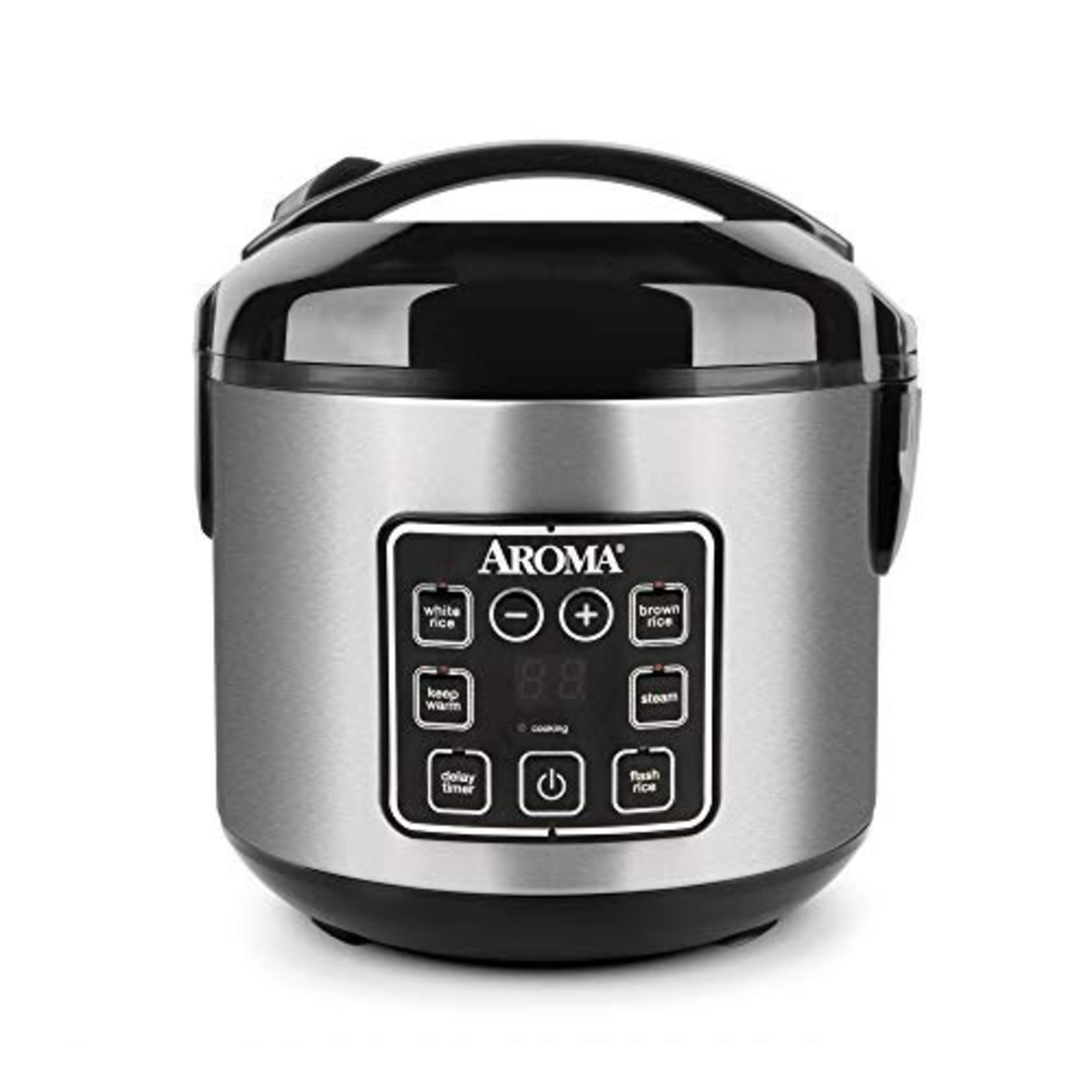
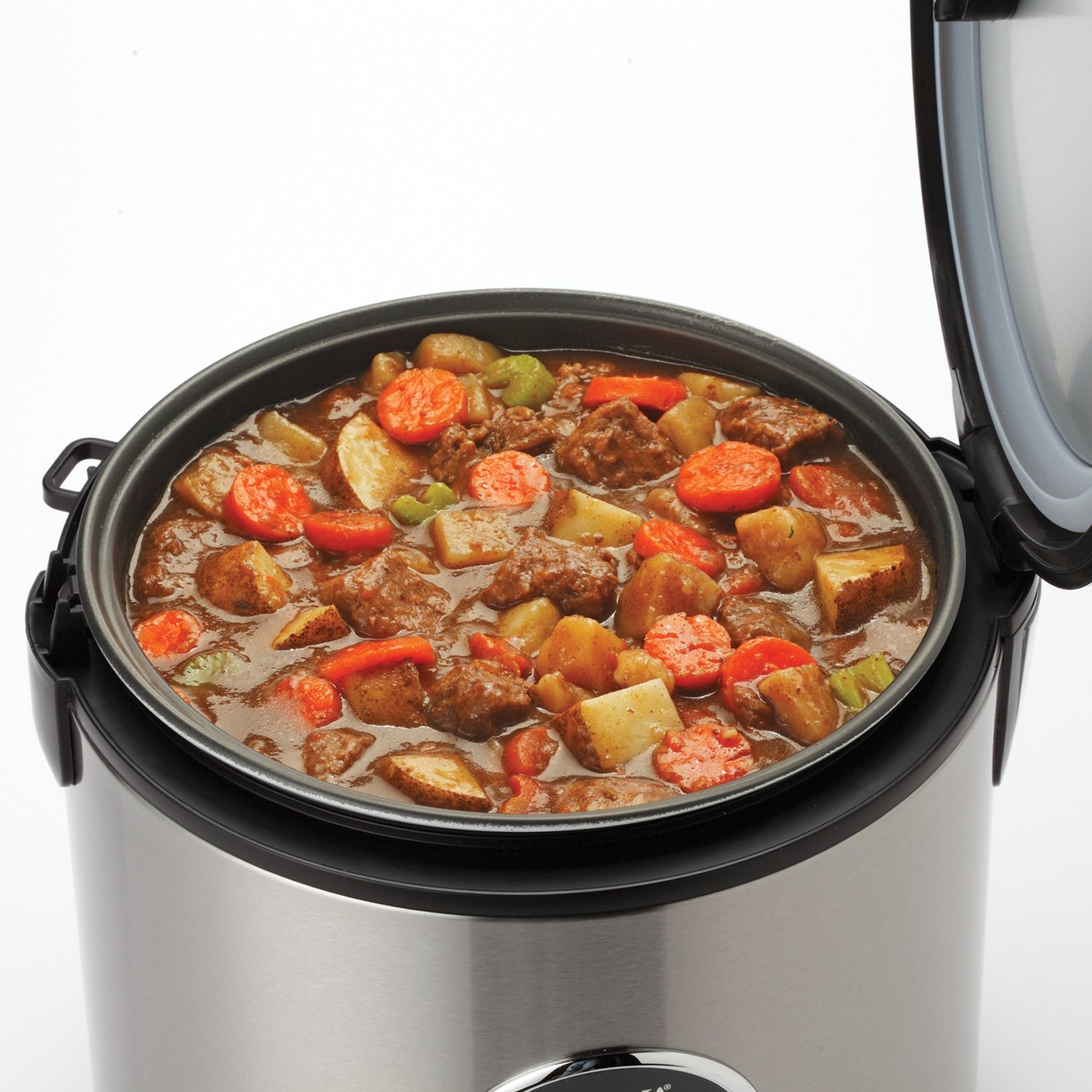
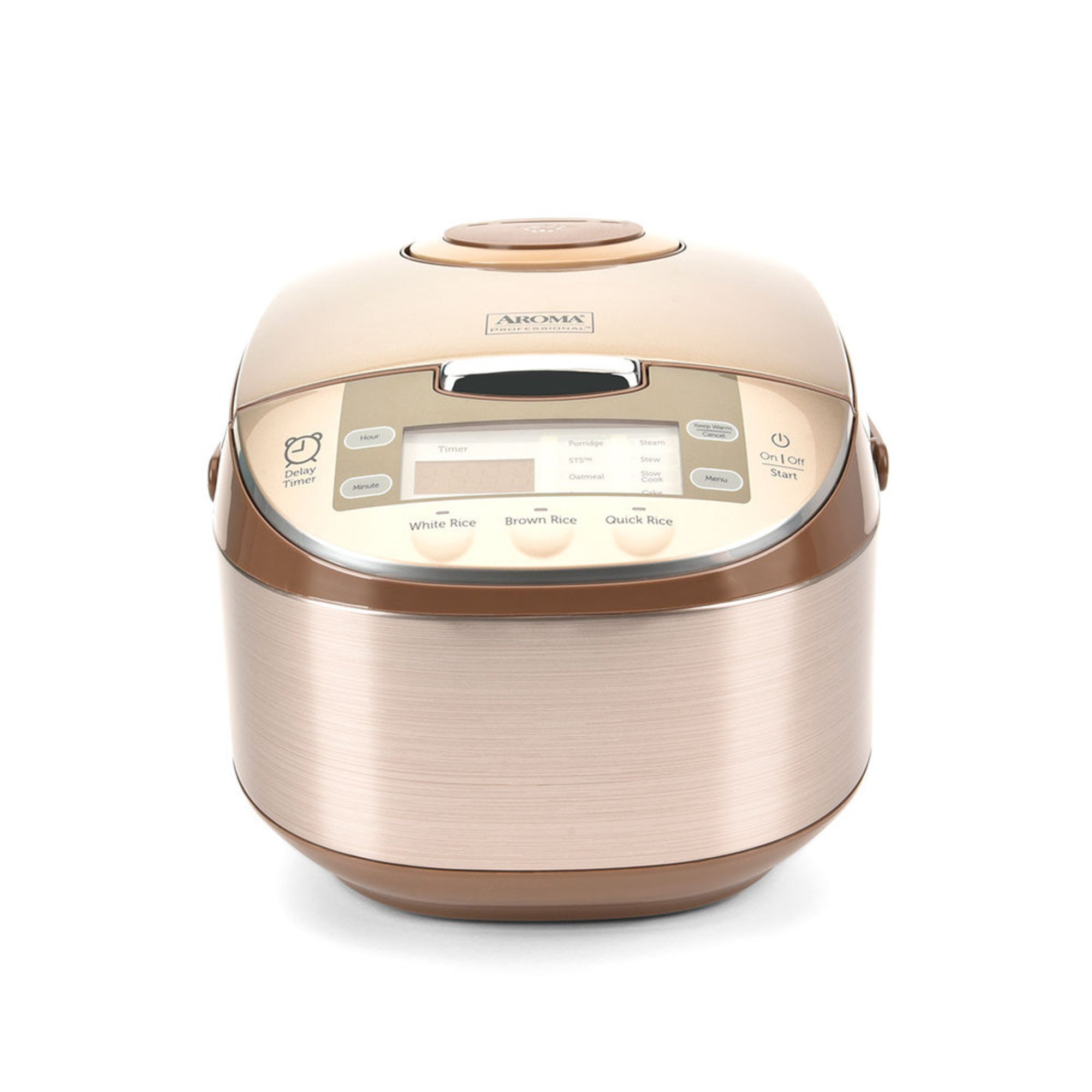
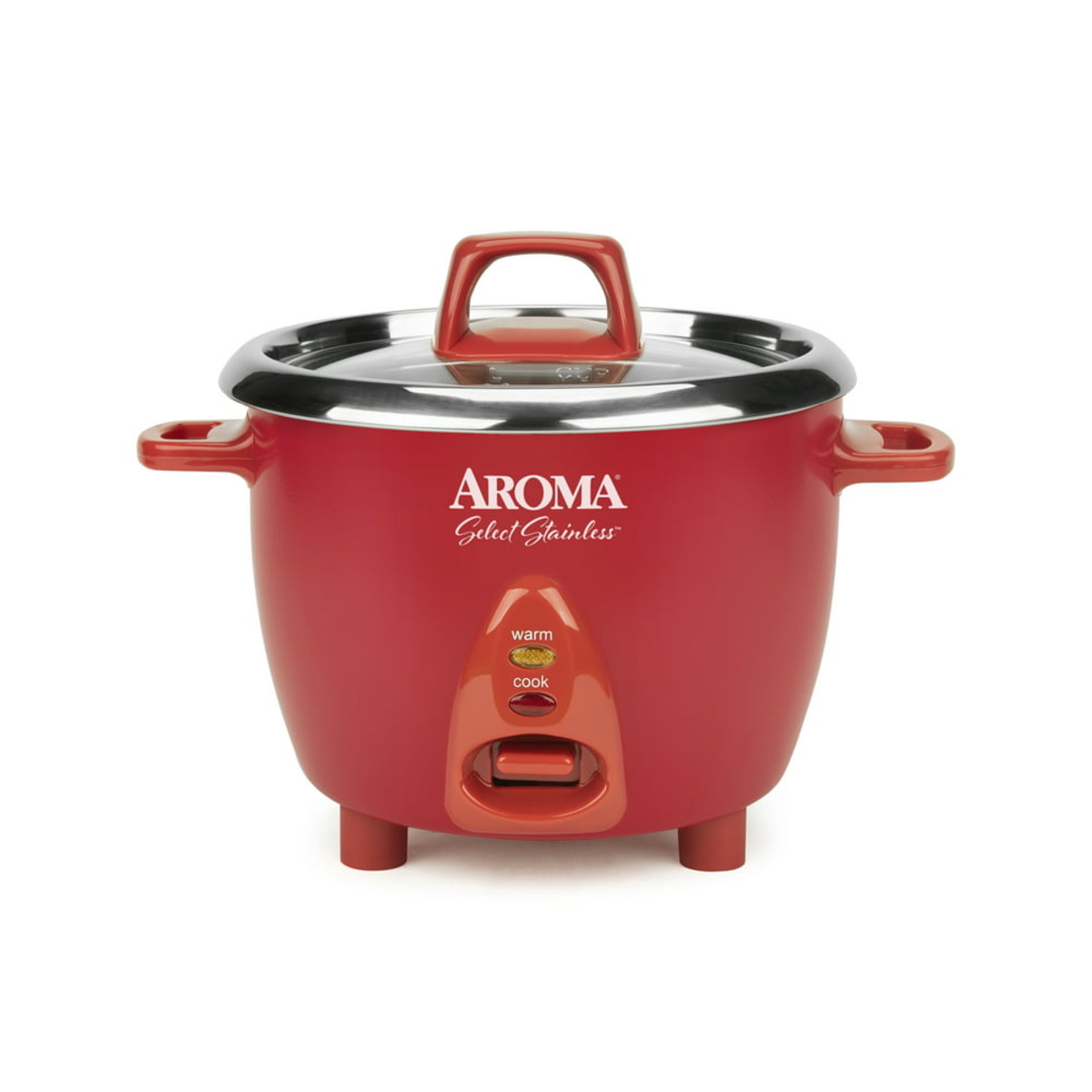
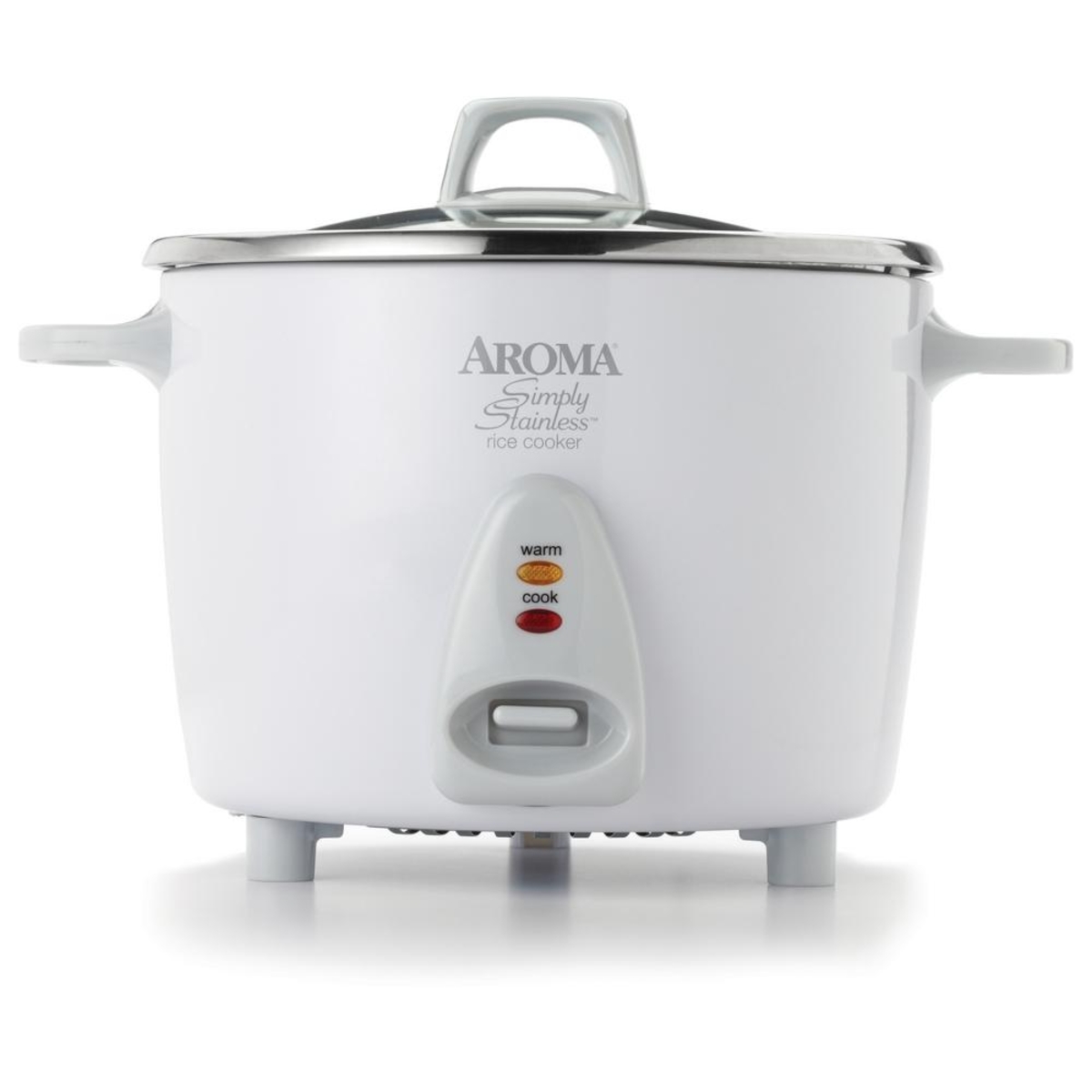
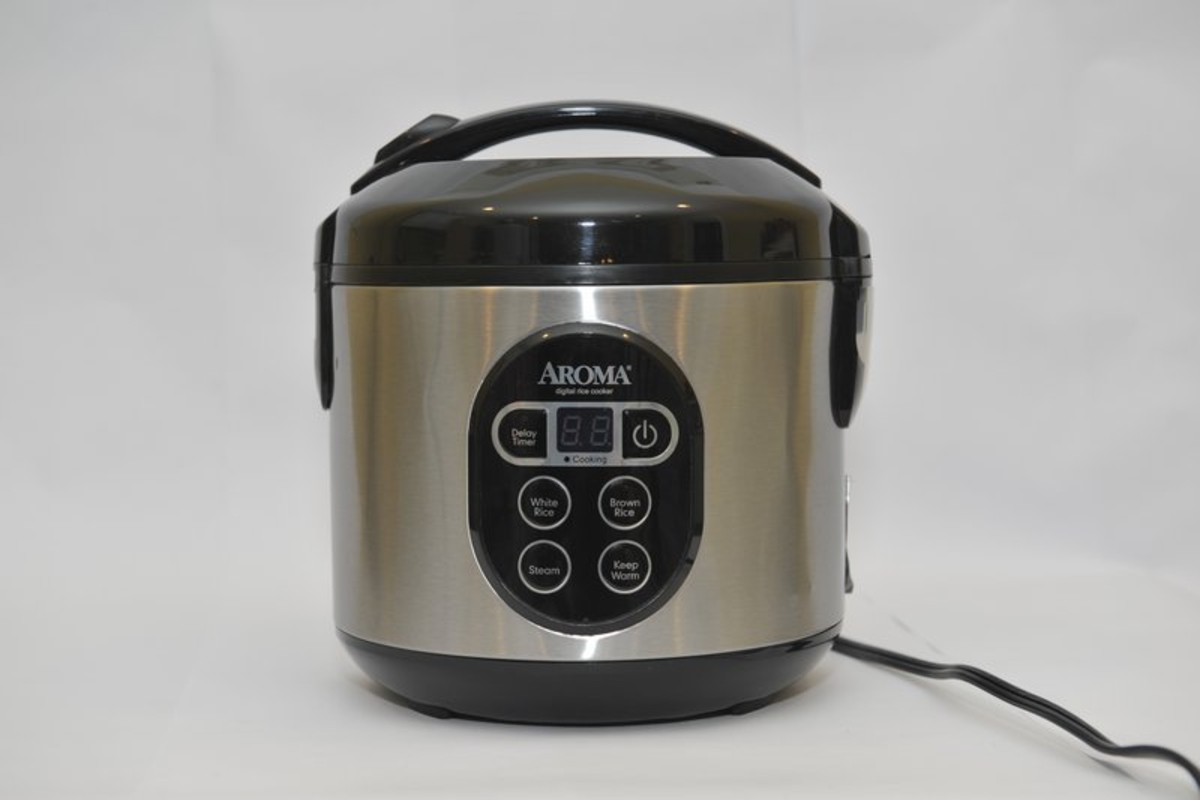
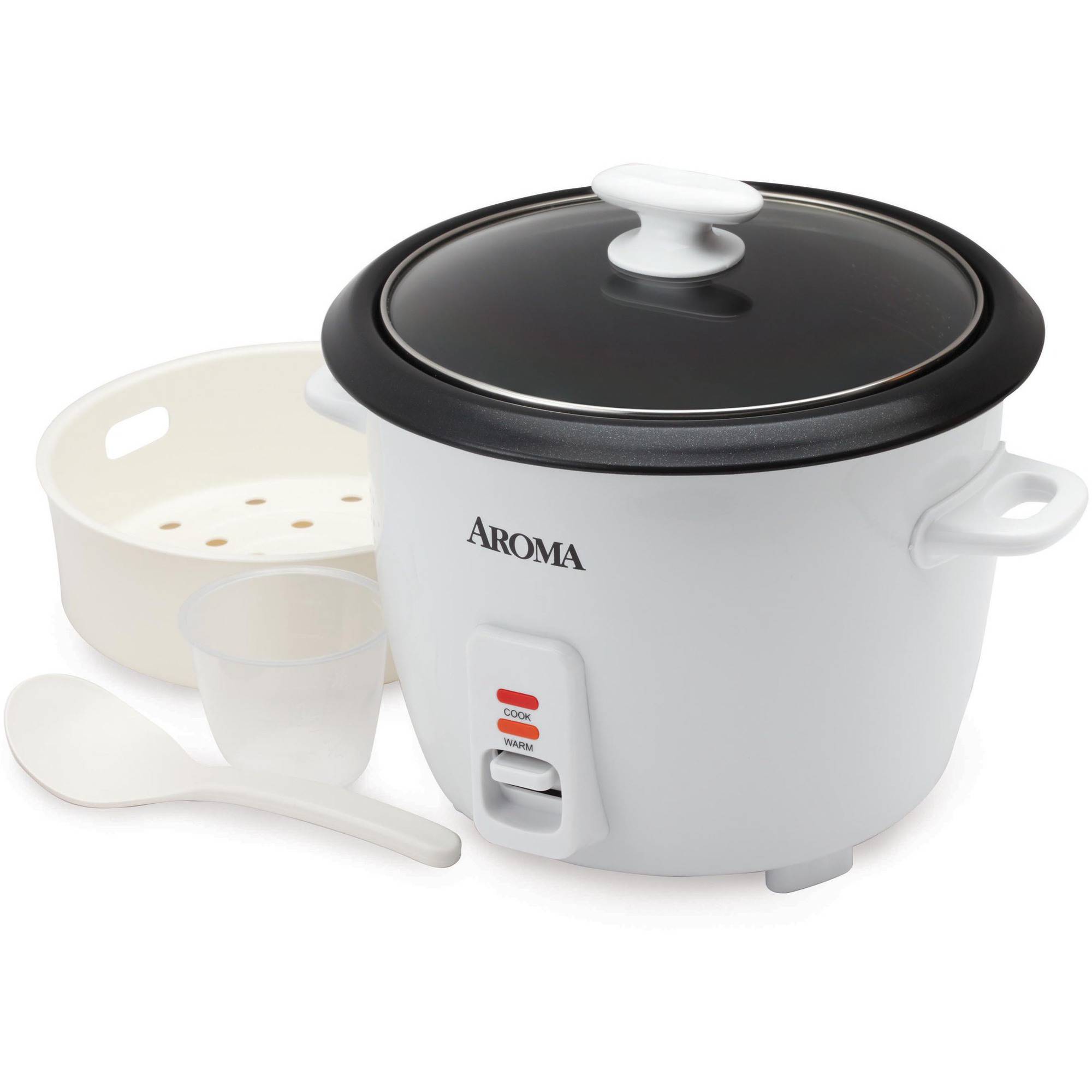
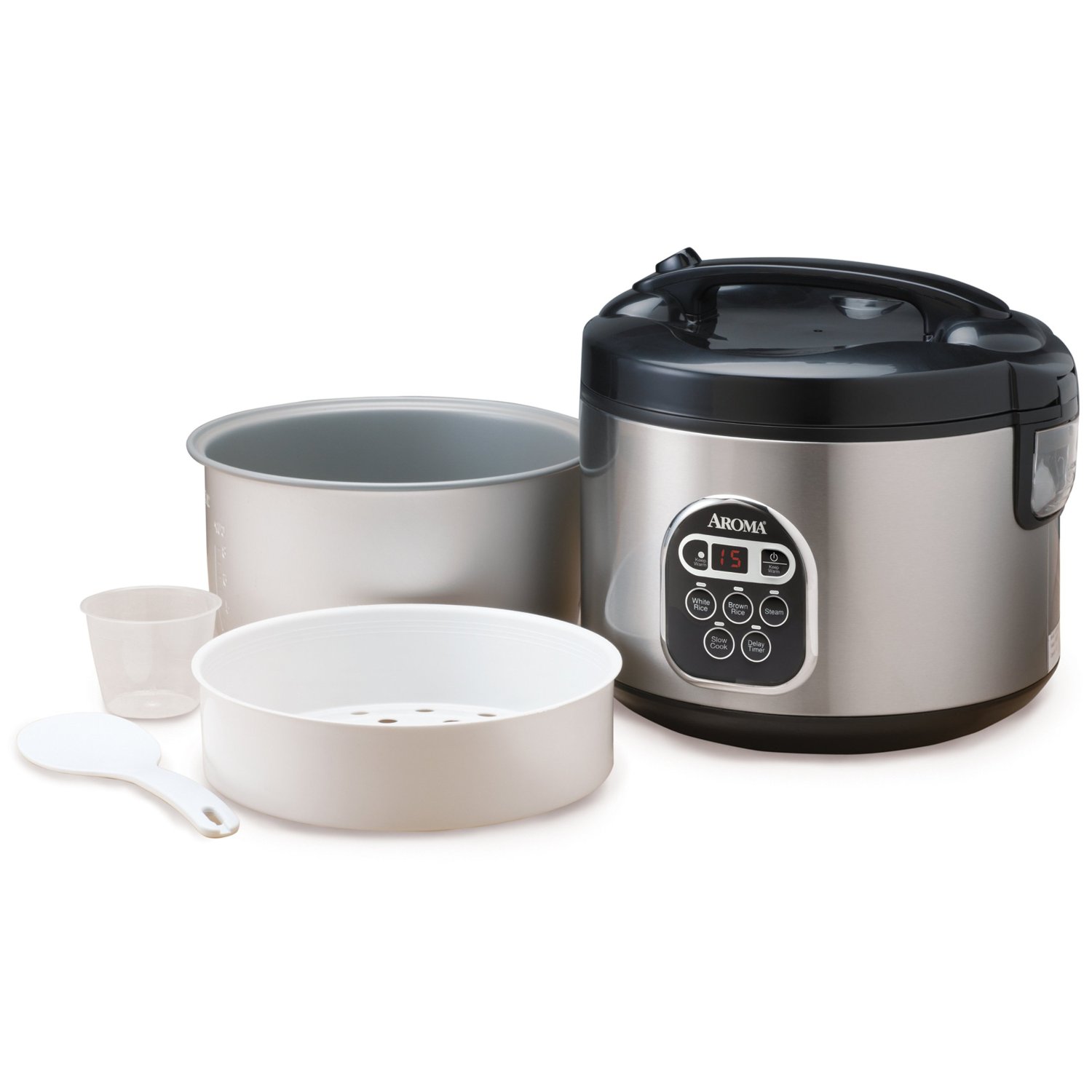
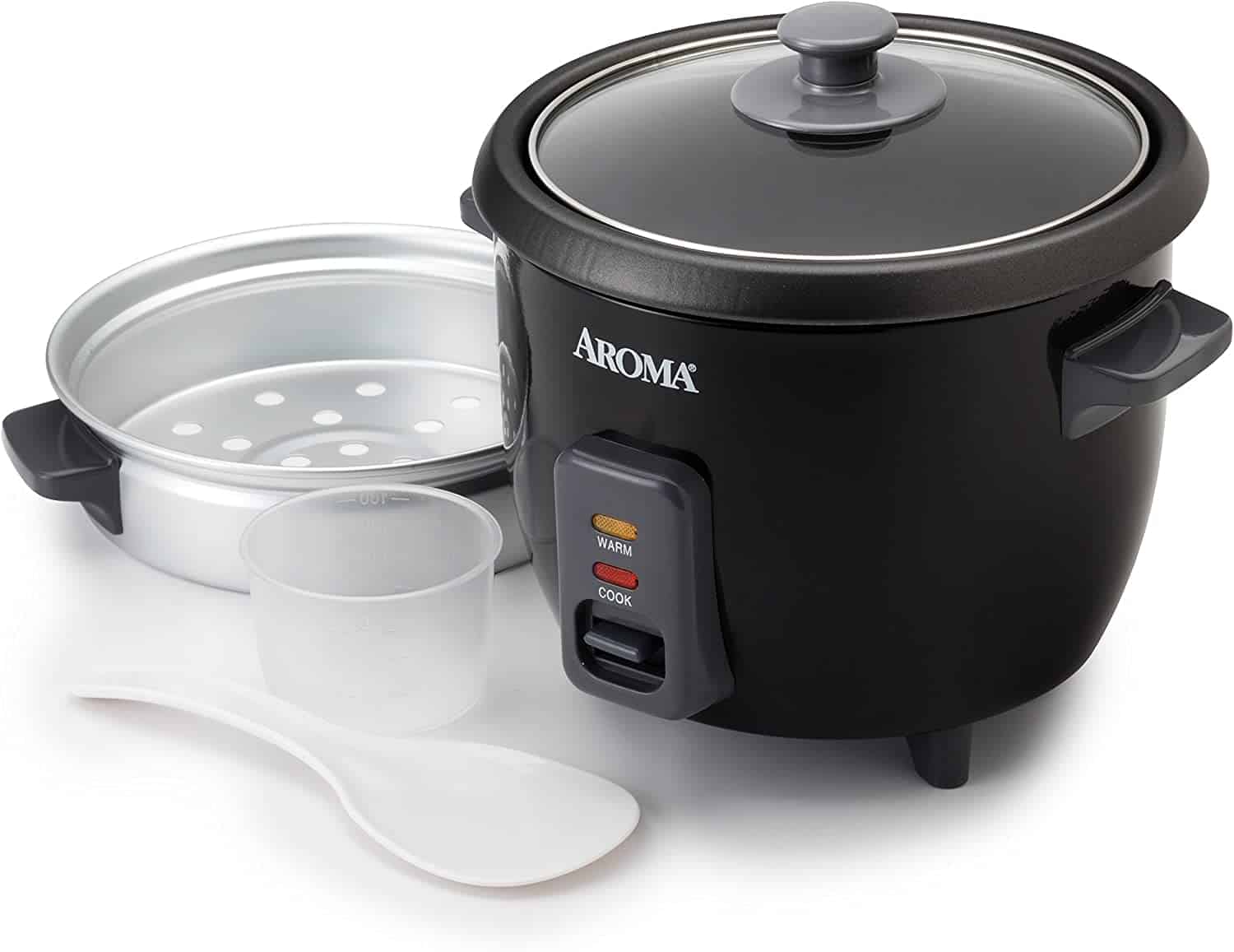
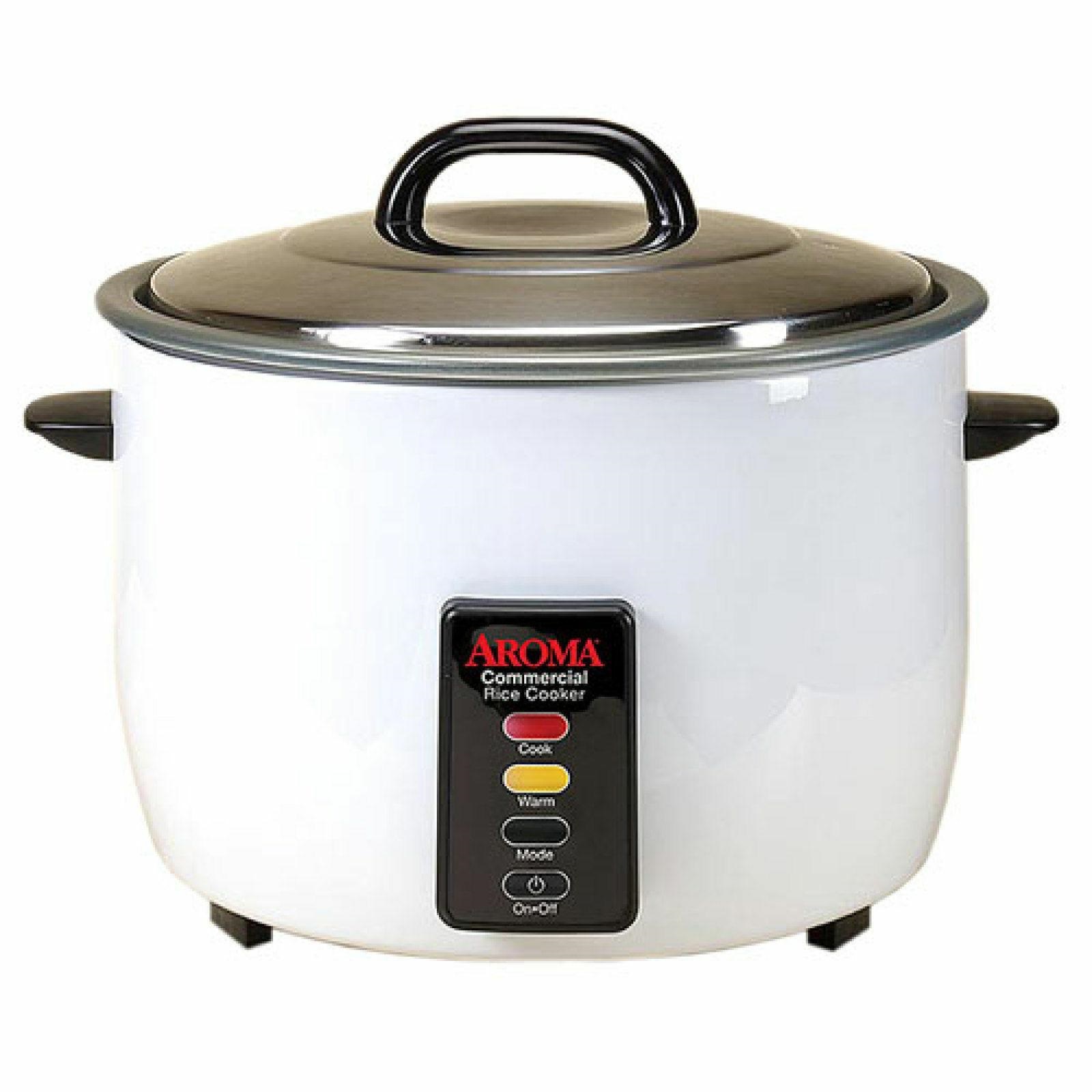
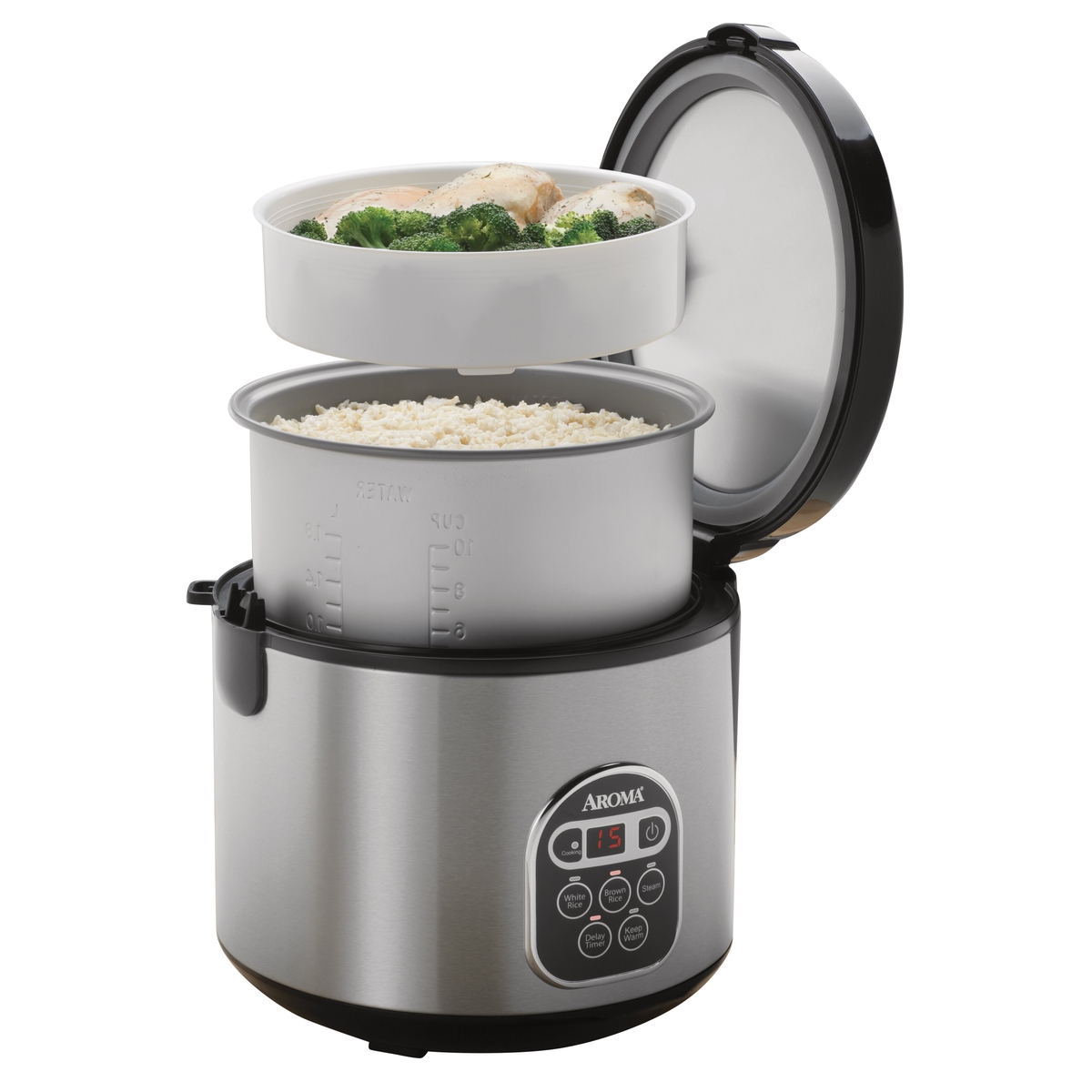

0 thoughts on “How Much Rice To Water In Aroma Rice Cooker”